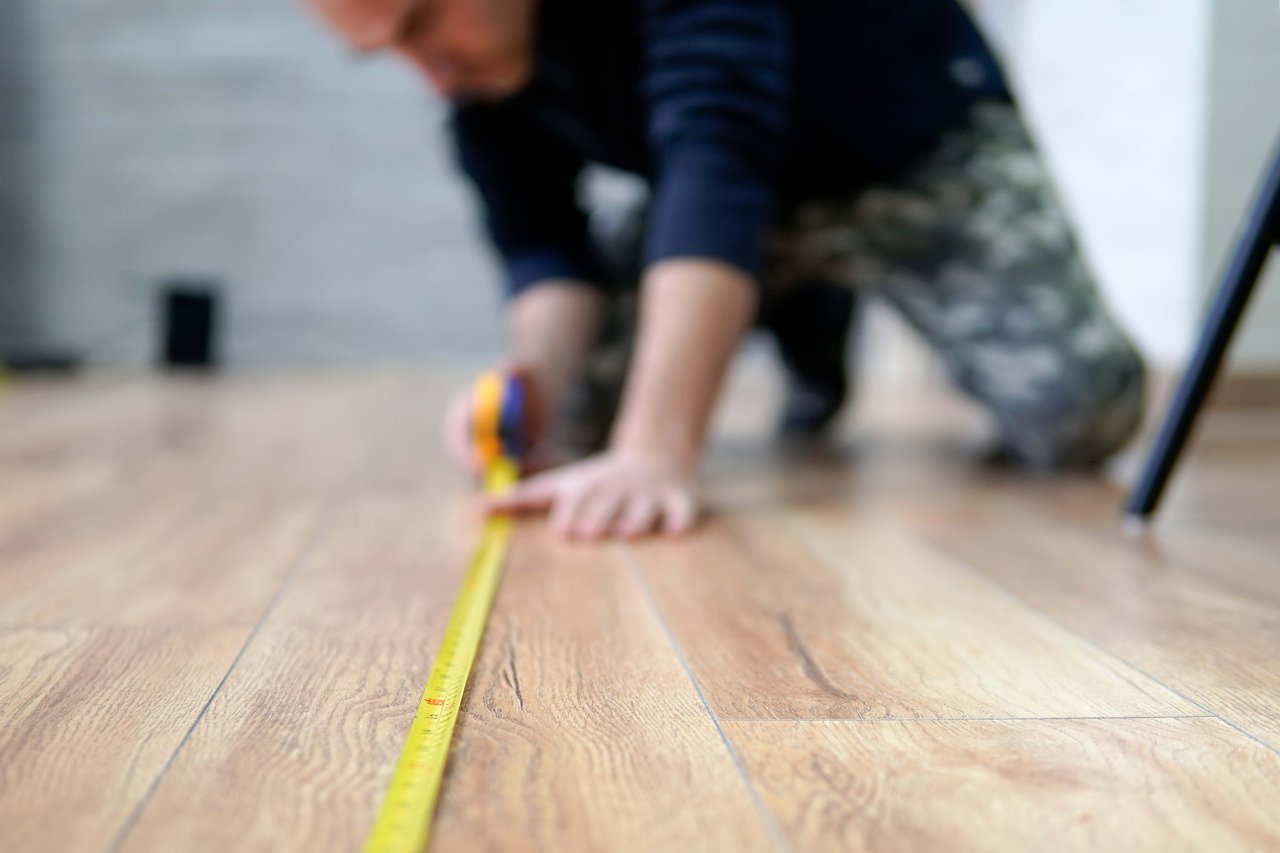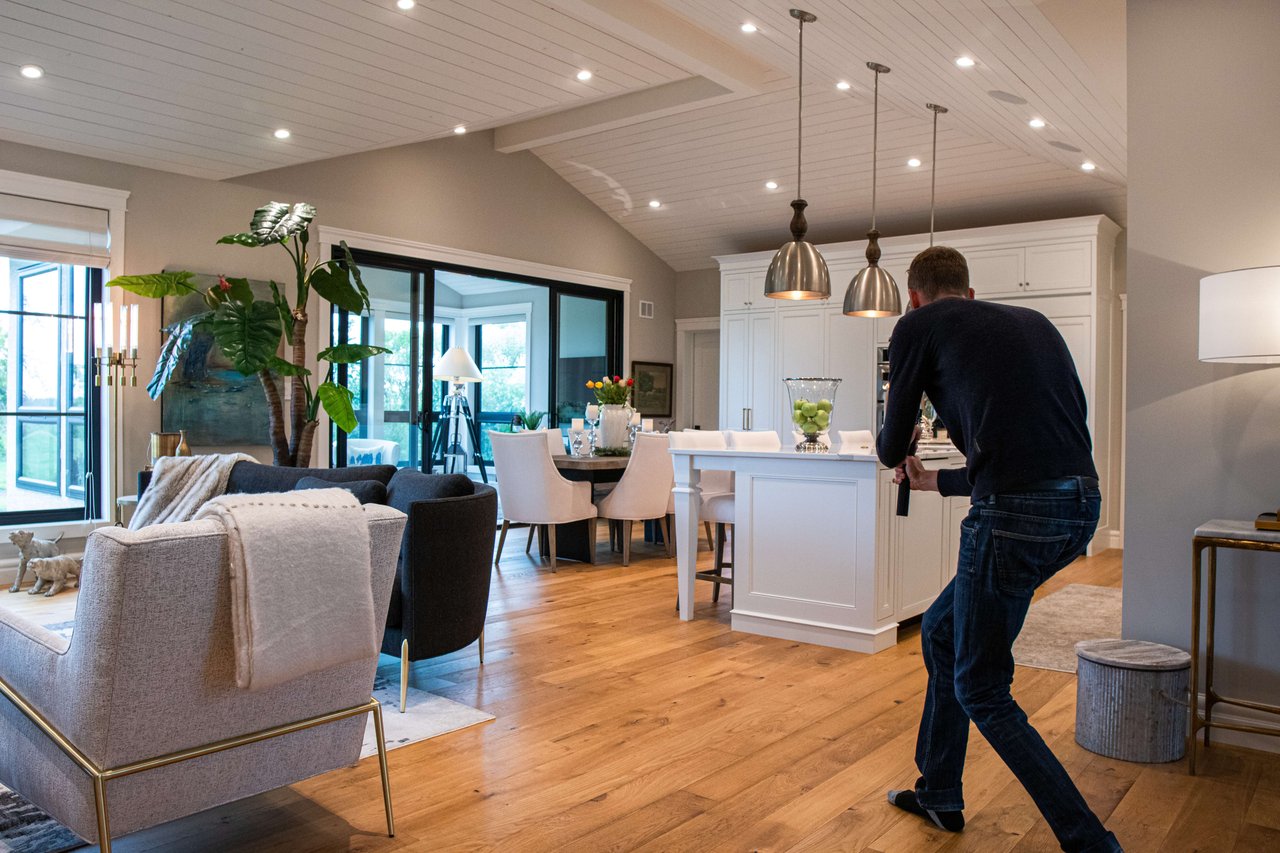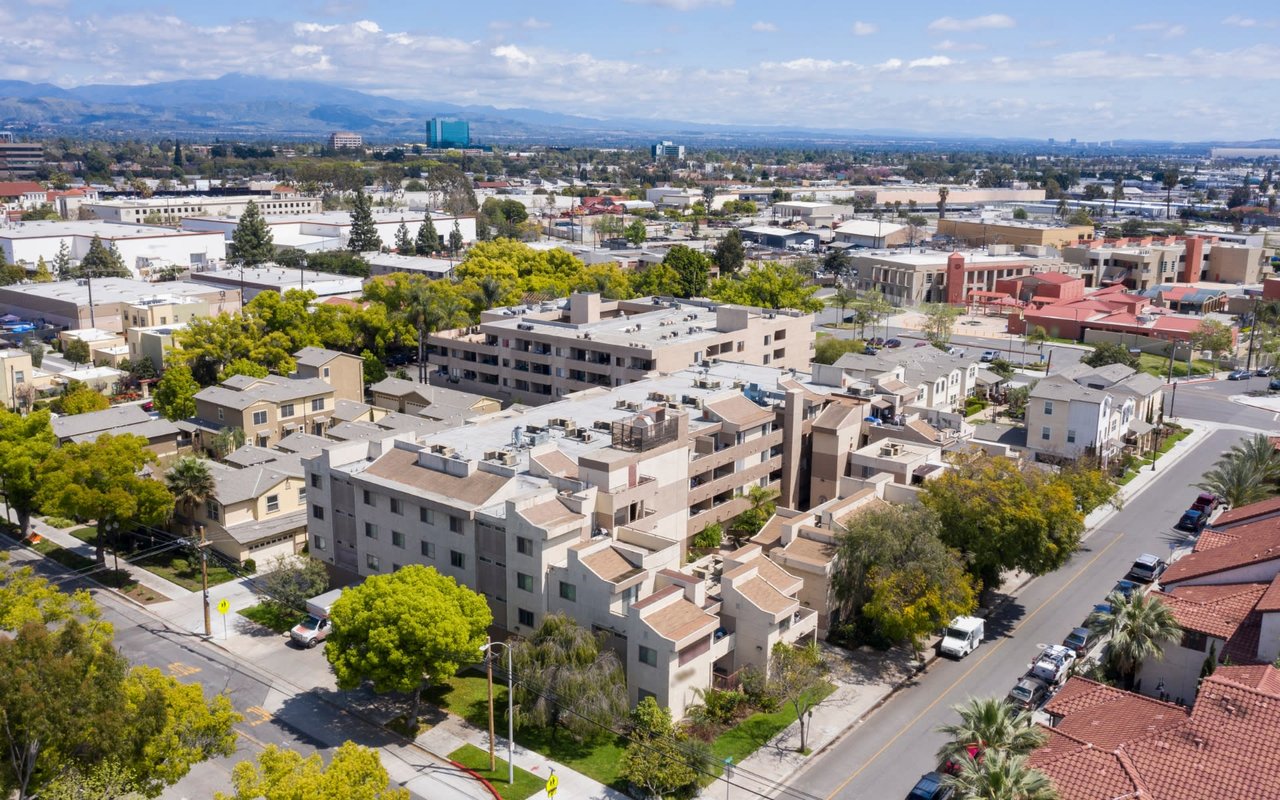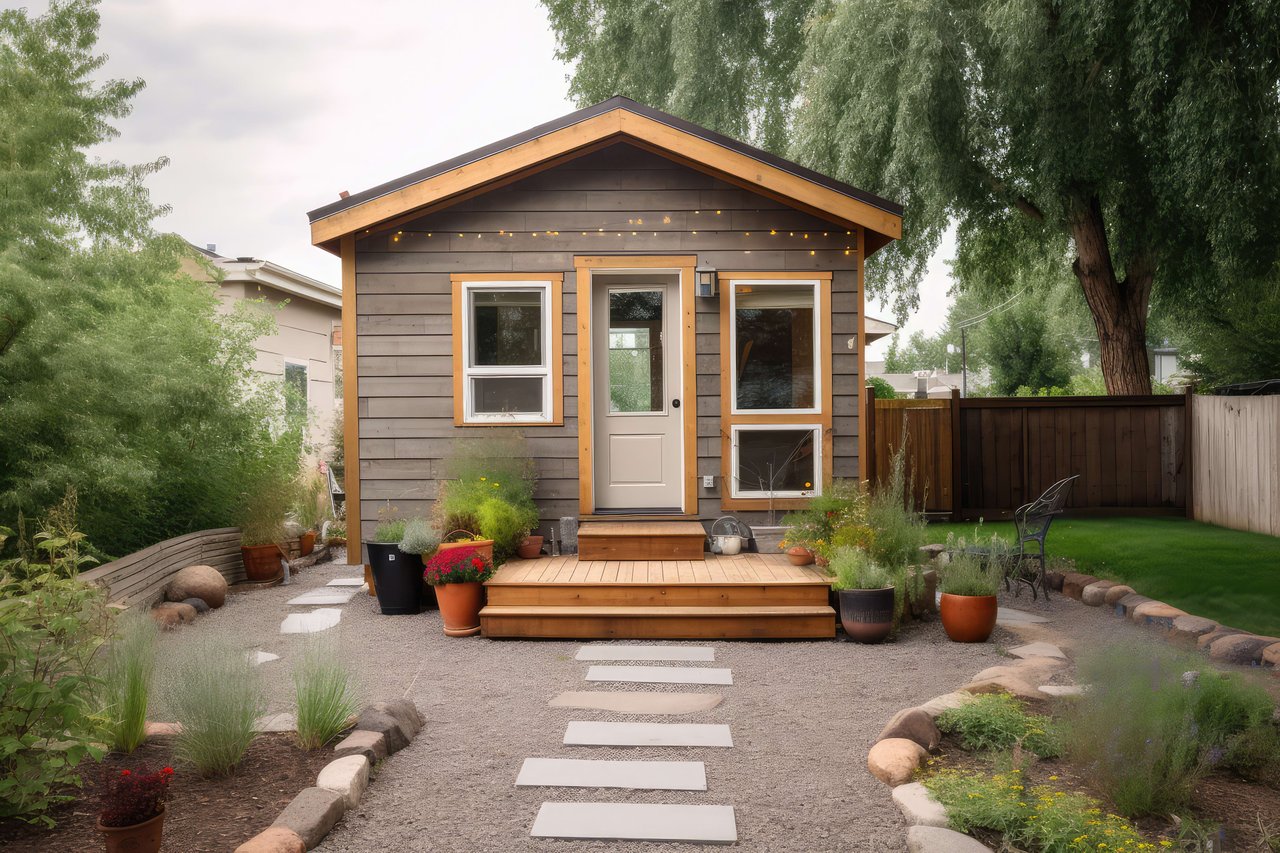Real Estate Essentials: How to Precisely Calculate Your Home’s Square Footage


When it comes to the world of real estate, one of the most fundamental yet often overlooked details is the square footage of a home. This seemingly simple number holds immense power, influencing everything from the market value of your property to the taxes you pay, and even the cost of utilities. But beyond its financial implications, understanding the square footage of your home is crucial for making informed decisions, whether you're planning a renovation, preparing to sell your home in Santa Ana, or simply seeking to maximize your living space.
Square footage is more than just a number; it's a critical metric in real estate that can significantly impact the value and functionality of your home. Before we dive into the methods of calculation, let's explore what square footage entails and why it's so important.
At its core, square footage refers to the total area enclosed within a property, measured in square feet. This includes all spaces that are habitable and fully enclosed - think living rooms, bedrooms, kitchens, and other similar areas. These spaces are typically characterized by the presence of walls, a roof, and heating or cooling capabilities. The definition of square footage can vary slightly depending on regional regulations and industry standards, but the general principle remains the same: it's the measure of all the livable, enclosed space within a property.
Square footage plays a multifaceted role in the real estate sector. Firstly, it's a primary factor in determining a property's market value. Generally, larger homes, with more square footage, are valued higher than smaller ones. This measure also aids homeowners and designers in space planning and renovation efforts, allowing for efficient use of the available area. Moreover, square footage has legal and tax implications. Accurate square footage measurements are essential for adhering to zoning laws, calculating property taxes correctly, and in some cases, complying with homeowners' association rules.
It's crucial to distinguish between total square footage and livable square footage. Total square footage includes all areas of the home, even those that are not typically used for living purposes, like garages, basements, or attics. Livable square footage, however, refers exclusively to the areas that are suitable for regular, daily use and are conditioned spaces. This distinction is vital for accurately determining a home's value and for planning utility usage. You may find these types of discrepancies in real estate listings, so it's always essential to clarify which metric is being used.
Now that we understand why square footage matters let's delve into the different methods for calculating it. Keep in mind that there may be some variation in how this is done depending on your location or the type of property you own. It's always best to consult with a professional appraiser or real estate agent for accurate measurements.
The traditional method of calculating square footage involves measuring the exterior walls of your home, including any enclosed spaces. You will need a tape measure and some basic math skills for this approach. Start by measuring the length and width of each room in your home, then multiply those two numbers to get the square footage. For example, if your living room is 15 feet by 20 feet, its total square footage would be 300 square feet. Repeat this process for all rooms and add up the totals to get your home's total square footage.
L X W = Square Footage
Now that you understand the simple approach to calculating square footage, let's break it down into a step-by-step guide for practical use.
Step 1: Gather Necessary Tools
Step 2: Prepare the Space
Step 3: Measure Room by Room
Step 4: Calculate the Area of Each Room
Step 5: Add Up the Total Area
Step 6: Account for Non-Livable Spaces (If Necessary)
Calculating square footage is an essential step in buying, selling, and renovating a home. It's also a critical factor in determining a property's value and tax implications. Understanding how to determine the total square footage as well as the livable square footage is essential for making informed decisions in the real estate sector. Whether you use the traditional method or a modern approach with digital tools, accurate measurements are crucial for getting an accurate representation of your property's size and value.
Stay up to date on the latest real estate trends.

Selling

Local

Buying

Buying

Buying

Buying

Finance

Market Trends

Market Trends